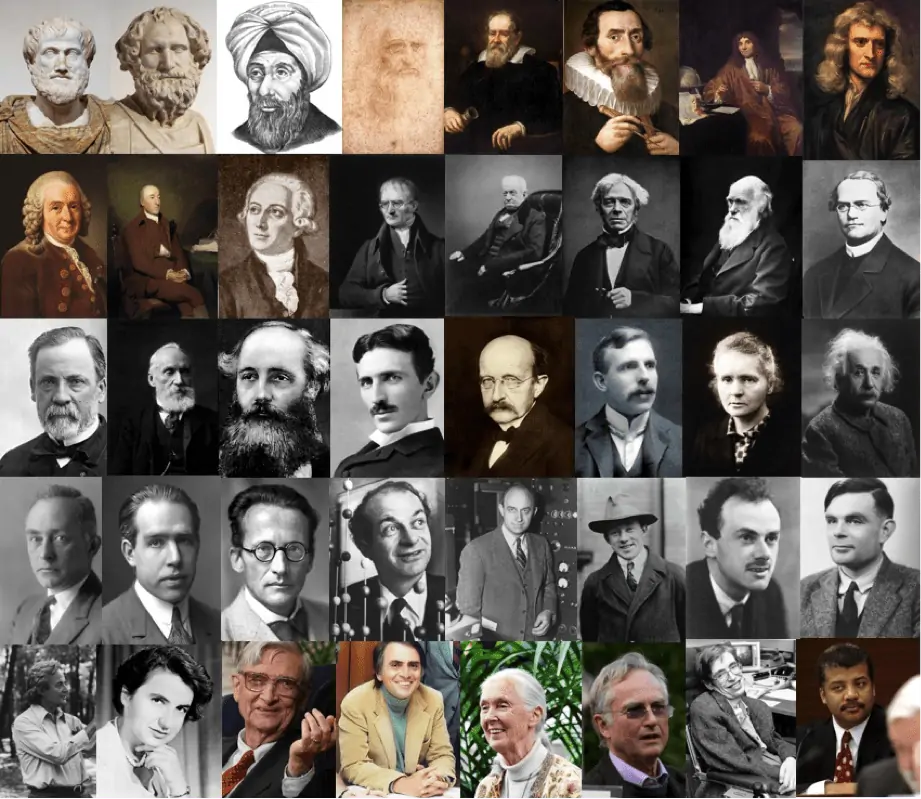Mini Sheet: Institut Pasteur. Rabies Vaccin. Caricature 13 march 1886 (France 2017)
Institut Pasteur. Rabies Vaccin. Caricature 13 march 1886 (France 2017)
01 January (France ) within release Institut Pasteur goes into circulation Mini Sheet Institut Pasteur. Rabies Vaccin. Caricature 13 march 1886 face value None No Face Value
| Mini Sheet Institut Pasteur. Rabies Vaccin. Caricature 13 march 1886 in catalogues | |
|---|---|
| Colnect codes: | Col: FR 2017-01/3 |
Mini Sheet is square format.
date approxAlso in the issue Institut Pasteur:
- Mini Sheet - Institut Pasteur face value None;
- Mini Sheet - Institut Pasteur. AIDS and Retrovirus Building face value None;
- Mini Sheet - Institut Pasteur. Antibody Structure face value None;
- Mini Sheet - Institut Pasteur. High Security Fume Cupboard Work face value None;
- Mini Sheet - Institut Pasteur. Historic Building face value None;
- Mini Sheet - Institut Pasteur. Koch Bacterial Culture face value None;
- Mini Sheet - Institut Pasteur. Observation of Infected Cells face value None;
- Mini Sheet - Institut Pasteur. Pasteur Museum Scientific Room face value None;
- Mini Sheet - Institut Pasteur. Pasteur wearing academic suit face value None;
- Mini Sheet - Institut Pasteur. Rabies Vaccin. Caricature 13 march 1886 face value None;
- Mini Sheet - Institut Pasteur. Stained Glass window, Pasteur Museum face value None;
Mini Sheet Institut Pasteur. Rabies Vaccin. Caricature 13 march 1886 it reflects the thematic directions:
A cartoon is a type of visual art that is typically drawn, frequently animated, in an unrealistic or semi-realistic style. The specific meaning has evolved, but the modern usage usually refers to either: an image or series of images intended for satire, caricature, or humor; or a motion picture that relies on a sequence of illustrations for its animation. Someone who creates cartoons in the first sense is called a cartoonist, and in the second sense they are usually called an animator.
The concept originated in the Middle Ages, and first described a preparatory drawing for a piece of art, such as a painting, fresco, tapestry, or stained glass window. In the 19th century, beginning in Punch magazine in 1843, cartoon came to refer – ironically at first – to humorous artworks in magazines and newspapers. Then it also was used for political cartoons and comic strips. When the medium developed, in the early 20th century, it began to refer to animated films that resembled print cartoons.
The domestic dog (Canis lupus familiaris or Canis familiaris) is a member of genus Canis (canines) that forms part of the wolf-like canids, and is the most widely abundant carnivore. The dog and the extant gray wolf are sister taxa, with modern wolves not closely related to the wolves that were first domesticated. The dog was the first domesticated species and has been selectively bred over millennia for various behaviors, sensory capabilities, and physical attributes. Their long association with humans has led dogs to be uniquely attuned to human behavior and they are able to thrive on a starch-rich diet that would be inadequate for other canid species. Dogs vary widely in shape, size and colours. Dogs perform many roles for people, such as hunting, herding, pulling loads, protection, assisting police and military, companionship and, more recently, aiding handicapped individuals. This influence on human society has given them the sobriquet "man's best friend".
A hospital is a healthcare institution providing patient treatment with specialized health science and auxiliary healthcare staff and medical equipment. The best-known type of hospital is the general hospital, which typically has an emergency department to treat urgent health problems ranging from fire and accident victims to a sudden illness. A district hospital typically is the major health care facility in its region, with many beds for intensive care and additional beds for patients who need long-term care.
A laboratory (UK: /ləˈbɒrətəri/; US: /ˈlæbrətɔːri/; colloquially lab) is a facility that provides controlled conditions in which scientific or technological research, experiments, and measurement may be performed. Laboratories are found in a variety of settings such as schools, universities, privately owned research institutions, corporate research and testing facilities, government regulatory and forensic investigation centers, physicians' offices, clinics, hospitals, regional and national referral centers, and even occasionally personal residence
Medicine is the science and practice of caring for patients, managing the diagnosis, prognosis, prevention, treatment, palliation of their injury or disease, and promoting their health. Medicine encompasses a variety of health care practices evolved to maintain and restore health by the prevention and treatment of illness. Contemporary medicine applies biomedical sciences, biomedical research, genetics, and medical technology to diagnose, treat, and prevent injury and disease, typically through pharmaceuticals or surgery, but also through therapies as diverse as psychotherapy, external splints and traction, medical devices, biologics, and ionizing radiation, amongst others.
A scientist is a person who researches to advance knowledge in an area of the natural sciences






